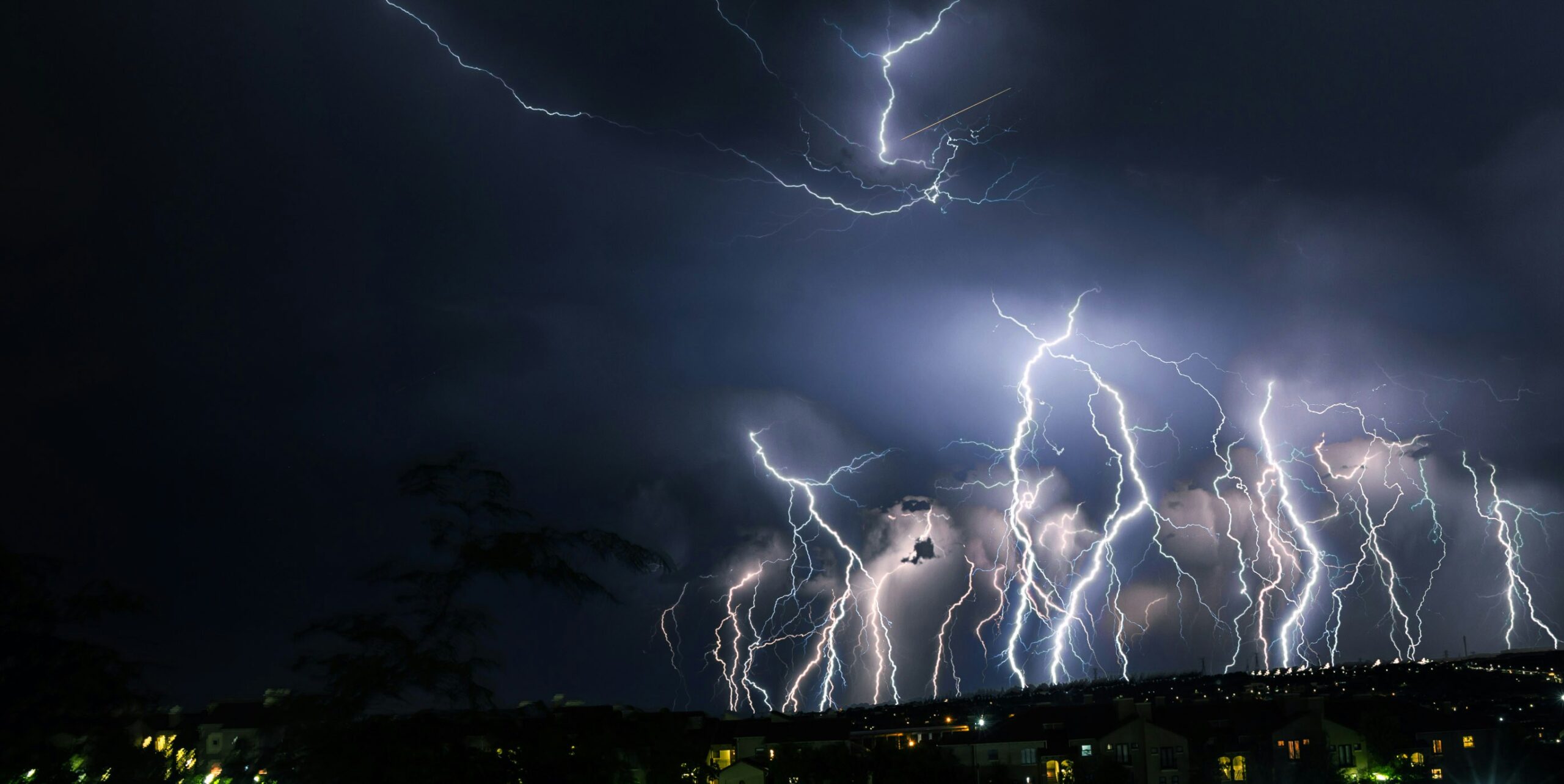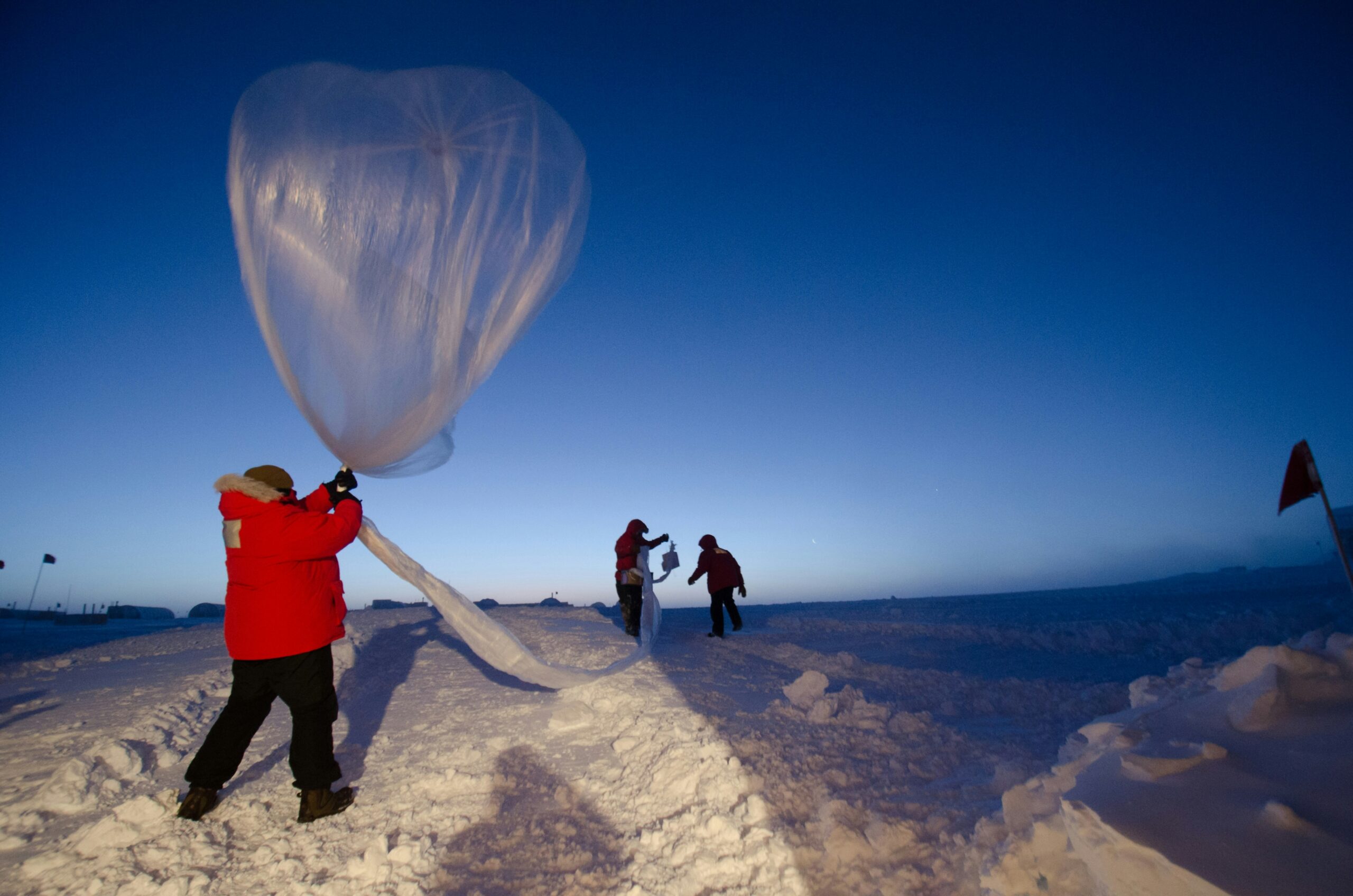If you’re someone who loves spending time in the great outdoors, then you’ve probably come across camouflage outdoor gear at some point. Whether it’s a camo jacket, pants, or even a backpack, this type of gear is designed to blend in with the natural surroundings. But the question remains: is camouflage outdoor gear suitable for all types of weather conditions? In this article, we’ll explore the versatility of camouflage gear and its effectiveness in various weather conditions, helping you make the best choice for your outdoor adventures.
Understanding Camouflage Outdoor Gear
Definition of Camouflage Outdoor Gear
Camouflage outdoor gear refers to clothing, equipment, and accessories designed to blend in with the natural surroundings, making it harder for animals or people to detect your presence. It is commonly used by hunters, outdoor enthusiasts, and military personnel. This gear typically features patterns and colors that mimic the environment, such as forests, grasslands, or snow-covered landscapes.
Different Types Of Camouflage Outdoor Gear
There are various types of camouflage outdoor gear available, each specifically designed for different environments and purposes. Some common types include woodland camo, desert camo, snow camo, and digital camo. Each pattern is carefully chosen to match the specific surroundings and provide effective concealment.
Uses and Benefits of Camouflage Outdoor Gear
Camouflage outdoor gear serves multiple purposes and offers several benefits. Firstly, it provides the wearer with enhanced concealment, allowing them to blend seamlessly into their surroundings and remain undetected. This is particularly advantageous for hunters, as it increases their chances of approaching wildlife without alerting them. Additionally, outdoor enthusiasts can use camouflage gear to observe wildlife up close without causing any disturbance.
Moreover, camouflage gear offers protection from the elements. Many outdoor gear options, including jackets, pants, and boots, are designed to be weather-resistant, providing insulation and repelling moisture. This ensures comfort and allows for longer durations spent outdoors in diverse weather conditions.
Material and Construction of Camouflage Outdoor Gear
Types Of Materials Used
Camouflage outdoor gear is constructed using a variety of materials. Common materials include polyester, nylon, cotton, and Gore-Tex. Polyester and nylon are often used for their durability and resistance to tearing, while cotton provides breathability and comfort. Gore-Tex is a popular choice due to its waterproof and breathable properties, making it ideal for rainy or snowy conditions.
Importance Of Material In Camouflage Gear
The choice of material in camouflage gear is crucial as it directly affects comfort, durability, and performance. For example, in hot weather, breathable materials like cotton are preferred to allow airflow and prevent overheating. Conversely, in cold and wet conditions, waterproof and insulating materials like Gore-Tex are essential to keep the wearer dry and warm.
Role Of Construction In Durability
The construction of camouflage gear greatly impacts its durability and longevity. High-quality stitching, reinforced seams, and double-layered fabric provide increased strength and resistance to wear and tear. Additionally, gear with robust zippers, buckles, and fasteners ensures longevity and minimizes the risk of equipment failure during outdoor activities.

Influence Of Weather Conditions On Camouflage Gear
Effect of Temperature On Gear
Different weather conditions can affect camouflage gear differently. In extreme temperatures, such as scorching heat or freezing cold, gear that is specifically designed to regulate body temperature becomes crucial. Insulated jackets and base layers help retain body heat in cold weather, while moisture-wicking fabrics and lightweight materials aid in cooling during hot weather.
Impact of Precipitation On Outdoor Gear
Outdoor gear needs to withstand the impact of precipitation, such as rain, snow, or sleet. Waterproof materials, sealed seams, and water-repellent coatings play a pivotal role in keeping the wearer dry and comfortable. Rain jackets, waterproof pants, and gaiters are essential components of camouflage gear for wet weather conditions.
Weathering Effects on Camouflage Materials
Exposure to harsh weather conditions, UV radiation, and constant wear can cause fading, deterioration, and loss of effectiveness in camouflage materials over time. Regular care and maintenance, as well as proper storage techniques, help extend the lifespan of the gear and maintain its camouflage properties.
Camouflage Gear in Different Weather Conditions
Functioning Of Camouflage Gear In Rainy Conditions
In rainy conditions, camouflage gear must provide protection from both the wet environment and maintain its concealment properties. Rain jackets with waterproof membranes and taped seams effectively repel moisture while keeping the wearer dry. It is vital for the gear to have a quiet fabric that does not create noise when moving, allowing the wearer to stay stealthy.
Robustness of Gear in High Winds
High winds can present a challenge, particularly for lightweight gear that may flap or make noise. It is essential for camouflage gear to have a snug fit and adjustable features to prevent wind from penetrating the clothing and compromising concealment. Reinforced stitching and durable fabrics ensure that the gear remains intact and effectively camouflages the wearer.
The Performance of Gear in Hot Weather
Camouflage gear designed for hot weather must prioritize breathability and moisture-wicking properties. Lightweight fabrics that allow for airflow and ventilation, such as mesh panels or moisture-wicking materials, help regulate body temperature and prevent overheating. Additionally, gear with UPF (Ultraviolet Protection Factor) ratings can protect the wearer from harmful sun rays.

Selection Of Appropriate Camouflage Gear For Specific Weather
Things To Consider In Weather-Specific Gear Selection
When selecting weather-specific camouflage gear, several factors should be taken into account. These include the expected weather conditions, the duration of the outdoor activity, the level of physical exertion, and personal preferences. It is essential to choose gear that provides the necessary protection, comfort, and camouflage properties required for the specific weather conditions.
Common Mistakes In Selection Of Gear
One common mistake when selecting camouflage gear is prioritizing fashion over functionality. It is important to choose gear that is specifically designed for the intended weather conditions rather than solely focusing on aesthetic appeal. Additionally, failing to consider the layering system can lead to inadequate protection or discomfort.
Cost Of Weather Specific Camouflage Gear
Weather-specific camouflage gear varies in cost depending on the brand, quality, and features. While it is possible to find affordable options, it is crucial to invest in high-quality gear to ensure durability, performance, and longevity. Ultimately, the cost of the gear should be viewed as an investment in enhancing comfort, safety, and overall outdoor experience.
Adaptability Of Different Types Of Camouflage Gear To Changing Weather Conditions
Flexibility of Camouflage Gear
Camouflage gear often incorporates features that enhance its adaptability to changing weather conditions. These features may include removable or adjustable layers, such as zip-off pants, convertible jackets, or detachable hoods. This flexibility allows the wearer to easily transition from one weather condition to another without the need for additional gear.
Features That Enhance Gear’s Adaptability
Gear designed for adaptability often includes features like ventilation zippers, adjustable cuffs and hems, and compatibility with layering systems. This enables the wearer to regulate body temperature and adapt to changing weather conditions effectively. Additionally, gear with multiple pockets and attachment points provides convenient storage solutions for various outdoor essentials.
Drawbacks of One-Size-Fits-All Solution
While some camouflage gear offers adaptability, it is important to recognize the potential drawbacks of one-size-fits-all solutions. These may include limited size options, less precise fits, and reduced customization. For optimal comfort and performance, it is often beneficial to choose gear that fits your specific body type and preferences.

Maintenance And Care For Camouflage Gear
Best Practices in Maintenance
To ensure the longevity and effectiveness of camouflage gear, regular maintenance is necessary. Proper care includes following manufacturer instructions for washing and drying, removing stains promptly, and storing gear in a clean and dry environment. Inspecting the gear for any damage or signs of wear and tear is also essential to address issues before they worsen.
Cost of Maintenance
The cost of maintaining camouflage gear primarily depends on the materials used and the specific care requirements. However, the long-term benefits of preserving the gear’s performance and durability far outweigh the maintenance costs. Basic maintenance, such as washing and spot-treating, can often be done at home without incurring additional expenses.
Handling and Storage
Proper handling and storage of camouflage gear are crucial for its longevity. Avoiding unnecessary exposure to sharp objects, rough surfaces, or harsh chemicals helps prevent damage. Additionally, storing gear in a dedicated storage bag or closet, away from direct sunlight and extreme temperatures, ensures its protection and extends its lifespan.
Safety Measures With Camouflage Gear
Safety Measures for Different Weather Conditions
When using camouflage outdoor gear in various weather conditions, it is important to prioritize safety. This includes carrying essential safety equipment like first aid kits, emergency communication devices, and navigation tools. Moreover, in extreme weather conditions, keeping an eye on weather forecasts, monitoring wind speeds, and being aware of potential hazards like flash floods or avalanches is crucial.
Common Safety Mistakes
One common safety mistake is neglecting to check the weather forecast before heading outdoors. Unpredictable weather conditions can pose significant risks if not adequately prepared for. Similarly, underestimating the impact of weather conditions, such as extreme heat or heavy rain, can lead to dehydration, hypothermia, or other health risks.
Importance of Safety with Outdoor Gear
Safety should always be a priority when using camouflage outdoor gear. Proper use of the gear, adherence to safety guidelines, and being prepared for unexpected situations significantly reduce the risk of accidents or injuries. By prioritizing safety, outdoor enthusiasts can fully enjoy their outdoor adventures while minimizing potential dangers.
Effectiveness Of Camouflage Outdoor Gear Across Seasons
Performance Of Gear In Summer
Camouflage gear designed for hot summer conditions focuses on breathability, moisture-wicking properties, and sun protection. Lightweight, quick-drying fabrics with UPF ratings help keep the wearer cool, dry, and shielded from harmful UV rays. Additionally, gear with ample ventilation and strategic mesh panels aids in airflow and overall comfort.
Performance Of Gear In Winter
In winter, camouflage gear must provide insulation, warmth, and protection against the cold and wet environment. Thicker, insulating layers, such as fleece or down jackets, provide excellent heat retention. Waterproof and windproof outerwear, along with thermal base layers, ensure that the wearer remains dry and cozy in sub-zero temperatures.
Performance Of Gear During Autumn and Spring
Autumn and spring present transitional weather conditions, which require versatility in camouflage gear. Layering becomes crucial during these seasons, allowing the wearer to adapt to fluctuating temperatures. Lightweight jackets, moisture-wicking base layers, and convertible pants offer flexibility, ensuring comfort in mild climates while still providing camouflage effectiveness.
Understanding Limitations And Alternatives of Camouflage Gear
Potential Limitations
Despite its effectiveness, camouflage gear has its limitations. It may not be suitable for all environments, such as urban landscapes or arid regions, where its natural patterns may not blend effectively. Additionally, some wildlife, especially birds and certain mammals, may be more attentive to movement than camouflage patterns. It is important to recognize these limitations for optimal use of camouflage gear.
Alternative Measures And Solutions
In situations where camouflage gear may not be the most effective option, alternative measures can be implemented. Such measures include utilizing blinds or hides, employing scent-masking techniques, or using natural cover like foliage or rocks for concealment. These alternatives can enhance stealth and camouflage effectiveness in specific scenarios.
When And Where To Use Alternatives
Alternatives to camouflage gear are most relevant in environments where traditional camouflage patterns may not provide adequate concealment. This may include urban environments, dry desert regions, or situations where complete invisibility is not required. By assessing the specific surroundings and the behavior of the targeted wildlife or individuals, the appropriate alternative measures can be implemented.

